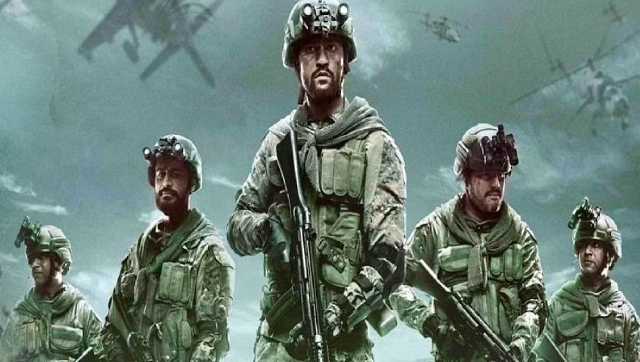
Review: Bollywood, Tollywood and Beyond – Literary Essays on Indian Films
Hindustan TimesFilm studies has widened the scope of writing on film and has also broadened the readership, taking it beyond the exclusive domain of film scholars and academics who teach film theory. Among these one may mention her analysis and study into films like Deepa Mehta’s Earth 1947 based on Bapsi Sidhwa’s novel The Ice Candy Man, and a very detailed analysis of Eisha Marjara’s little known film Desperately Seeking Helen in the chapter Aping the Vamp & Identity Issues in the Diaspora. The second, Reliving the Bengal Partition in Documentaries includes a detailed study of Supriyo Sen’s two-part reminiscences about the Partition as seen through his own parents in the films Way Back Home and Imaginary Homeland. The third section, Celluloid Representations of the Partition of Punjab, scans films like Tamas, ML Anand’s Lahore, considered to be one of the earliest attempts to depict the Partition of India on celluloid, and Kartar Singh directed by Saifuddin Saif, which the author states “is considered to be one of the all-time great Punjabi films to ever come out of Pakistan.” Among mainstream Indian films, surprisingly the author mentions Manmohan Desai’s Chhalia which deals with the director’s favourite lost-and-found formula but with the action placed on the eve of Partition. The section entitled Films on the Partition, Border-Crossings and Survival, discusses classic films like Nemai Ghosh’s Chinnamul shot almost entirely on location in the Sealdah Station in Calcutta filled with real refugees waiting – for what, they have no idea.
History of this topic

A gendered telling of Partition
Hindustan Times
Films as representations of history & social reform
Hindustan Times
A growing sisterhood in Indian cinema
New Indian Express
Review of Ritu Menon’s India on Their Minds: Writing like three-ply yarn
The Hindu)
From Nehru to New India: Five films that capture Hindi cinema’s 75-year journey
Firstpost
India at 75 | What would a conclave of Partition writers look like?
The Hindu)
With Jai Bhim, Tamil cinema yet again depicts caste realities more vigorously than any other contemporary film industry
FirstpostDiscover Related






















)
)
























